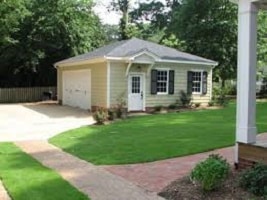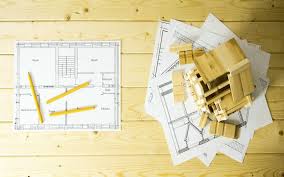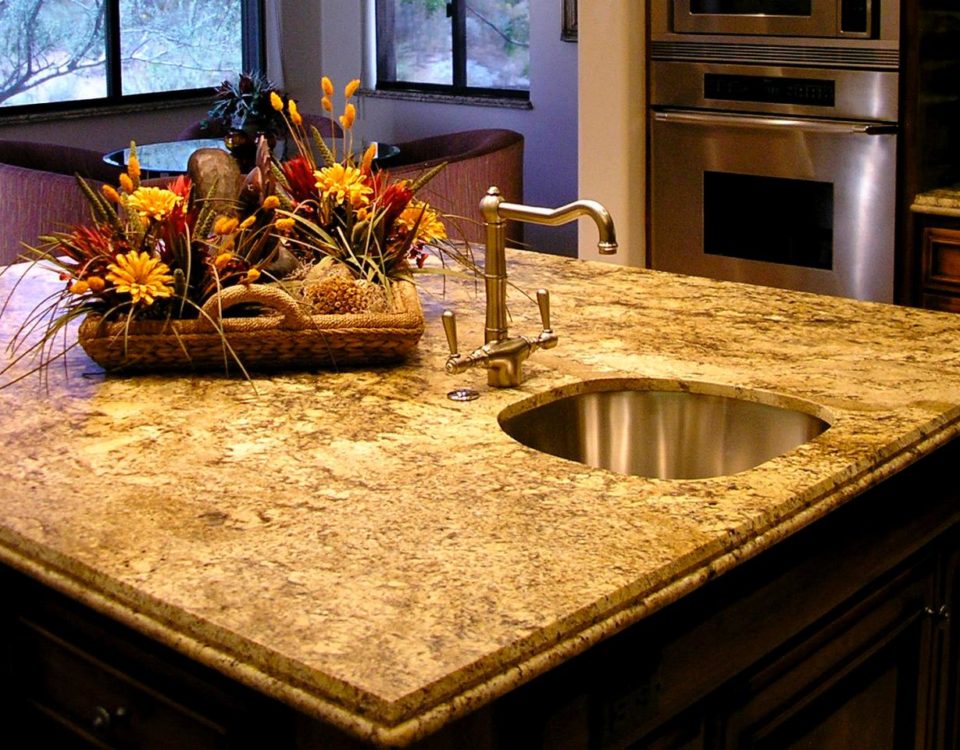Residential construction isn’t exactly known for being at the forefront of innovation. With that said, it would be nearly impossible to find anyone who isn’t using some type of mobile device to manage some aspect of their job. Technology is taking over the home building industry at a rate that would seem unimaginable to someone 20 years ago. It is reported that approximately 20% of builders are experimenting with home building technologies such as drones and 3D printers. And even those technologies seem trivial when compared with robots that can lay 1,000 bricks per hour or install steel studs, sheetrock, or tile.
And technologies already exist that superimpose 3D renderings over your real field of vision similar to a virtual reality setting.As technology ramps up, future job sites will include swarms of artificial life as microchips replace hammers.
As for today, these 6 home building technologies below are what’s hot right now:
- 3D Printing. This technology has made significant leaps and bounds in the last few years. The first 3D commercially viable 3D printed car was debuted in November, 2015 at the Specialty Equipment Market Association show in Las Vegas and is now available for purchase. In the first quarter 2016 the Oak Ridge National Laboratories showcased the first viable, fully 3D printed home suitable for every-day living. 3D printing will continue to improve and soon it will be possible for anyone to print just about anything. In the some not too distant future, I fully expect to see every house have a 3D printing room which will be used to print everyday objects like plates, cups, towels etc. 3d printing will be one of the most popular home building technologies of the future.
- Wireless Power. Imagine a world without cords or outlets. Where devices of all shapes and sizes are able to operate continuously, and as needed, have their batteries charged. This is the future of wireless power. And the future is much closer than people realize. One company promises commercial viable product before 2020. If that happens, this will have a profound impact on how homes of the future are built.
- Nano-particle Paint. This new technology is poised to revolutionize the world. Exceptionally hardened surfaces, self-cleaning surfaces, and dynamic-color changing surfaces are just a few examples of what is possible with nano-particle paint. We can imagine future homes that are never dirty, resistance to mold, mildew and other such destructive forces and can change colors at the whim of the owner.
- Autonomous cars. While not directly related to the materials for home builders, autonomous cars are set to change the home building experience for ever. The narrative goes as follows: As autonomous cars permeate the market, people will become more accustomed to the vehicle as a utility rather than a thing to own. Over time, the idea of personal ownership will be replaced with on-demand services. When that happens, there will be no need for garages, driveways and maybe even streets. A future home in a world that is fully autonomous will be dramatically different than today’s homes.
- Drones. Yet another technology that is not directly related to home building but will have profound impact on the home of the future. We are moving quickly to a place where individual ownership of drones will be commonplace. Imagine sending your drone to the local Target or Costco to be loaded with goods that you purchased from an online website and the drone returning to your home. The future home likely will have a drone-pad similar to a helipad today.






